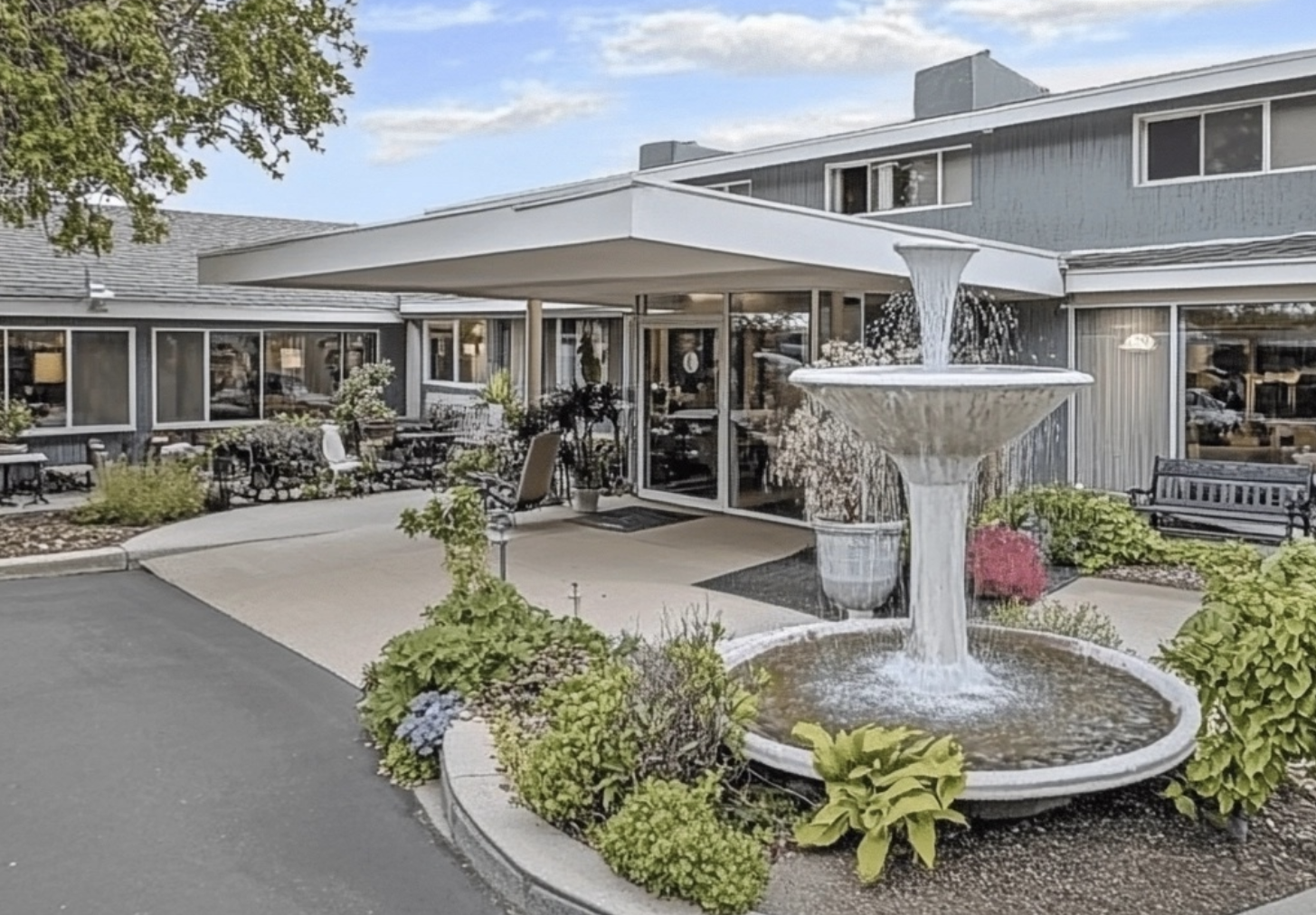Navigating the complexities of elder care requires a holistic and detail-oriented approach, particularly when formulating a senior care plan. This strategic document serves not just as a roadmap for caregiving but also as a critical tool in enhancing the quality of life for the elderly, ensuring that their medical, personal, and emotional needs are met comprehensively. The significance of a well-structured plan cannot be overstated, as it spans across various aspects of care including assisted living, home safety, and dementia care, while factoring in care costs and legal planning. Equally, it addresses the coordination among care professionals, care facilities, and family members to ensure seamless care management and support.
This article will guide readers through the essential steps of assessing the current situation, identifying care needs and setting achievable goals, to building a comprehensive care team and implementing the care plan effectively. Each section, from undertaking a thorough care assessment to engaging with care providers and monitoring the care plan’s implementation, is designed to offer a scaffold for families and care professionals alike. By highlighting care plan examples for the elderly and discussing the nuances of managing medication, personal care, and ensuing legalities, the article aims to serve as an extensive resource for creating senior care plans that prioritize the well-being and safety of the elderly.
Assessing the Current Situation
Assessing the current situation in creating a senior care plan involves a thorough evaluation of daily living activities, understanding the health status, and reviewing financial and legal documents. Here’s a breakdown:
Evaluating Daily Living Activities
To determine the level of assistance a senior may need, it’s crucial to assess their ability to perform activities of daily living (ADLs) and instrumental activities of daily living (IADLs). ADLs include basic self-care tasks like feeding, dressing, and personal hygiene, while IADLs cover more complex skills such as managing finances, meal preparation, and housekeeping. Tools like the Katz Index of Independence and the Lawton IADL Scale are commonly used by healthcare professionals to evaluate these capabilities.
Understanding Health Status
The health status of an elderly individual significantly influences the type of care they require. Chronic conditions, mobility issues, and cognitive impairments like dementia can affect their ability to perform ADLs and IADLs. Regular medical assessments help in identifying these health issues, which is essential for tailoring the care plan to the individual’s specific needs.
Reviewing Financial and Legal Documents
A comprehensive review of financial and legal documents is vital to ensure that the senior’s care needs are met without undue financial strain. This includes organizing documents like bank statements, insurance policies, and legal directives such as wills and power of attorney. Such organization aids in determining eligibility for benefits like Medicaid and ensures that care decisions are made in accordance with the senior’s wishes.
By systematically addressing these areas, caregivers and health professionals can create a senior care plan that ensures safety, comfort, and dignity for the elderly.
Identifying Care Needs and Setting Goals
Identifying the specific care needs and setting achievable goals are pivotal steps in creating a comprehensive senior care plan. This process involves addressing immediate health and safety needs, planning for long-term care, and ensuring the emotional and social well-being of the elderly.
Immediate Health and Safety Needs
Ensuring the immediate safety of seniors is crucial. Regular assessments should be conducted to identify potential hazards in the living environment and mitigate them. This includes installing safety devices, such as grab bars and emergency response systems, and ensuring that the home is free from fall risks like loose rugs and clutter. Regular medical check-ups and medication management are also essential to maintain the health status of the elderly.
Planning for Long-Term Care
Long-term care planning is vital for maintaining independence and quality of life. This includes evaluating the level of care needed, whether it be occasional assistance with daily activities or more intensive medical and personal care. Information and resources provided by organizations like the National Institute on Aging and LongTermCare.gov can guide families in making informed decisions about the appropriate care options and preparing financially and legally for future needs.
Addressing Social and Emotional Needs
Addressing the emotional and social needs of seniors is equally important. Ensuring regular social interaction and maintaining meaningful relationships can greatly enhance their quality of life. Activities that promote mental health and emotional well-being, such as hobbies and social gatherings, should be encouraged. Additionally, providing support for personal care and hygiene can help prevent feelings of low self-esteem and depression, which are common in seniors facing mobility or cognitive challenges.
Building a Comprehensive Care Team
Building a comprehensive care team for seniors involves integrating various professionals and family members to address the diverse needs of the elderly. This team should include medical and legal professionals, as well as community resources, to ensure a holistic approach to senior care.
Roles of Family Members
Family members often play a crucial role as primary caregivers. They are responsible for identifying and obtaining community and health care resources, coordinating care, and managing financial, legal, and insurance issues. Family caregivers also provide emotional support and are instrumental in decision-making processes, respecting the senior’s preferences and needs.
Including Medical and Legal Professionals
Incorporating medical professionals into the care team ensures that the senior’s health needs are comprehensively managed. This includes regular health assessments and personalized care plans. Legal professionals are vital for addressing the legal aspects of care, such as power of attorney and advance health care directives, ensuring the senior’s wishes are respected and documented.
Incorporating Community Resources
Community resources play a significant role in supporting seniors and their caregivers. These resources include adult day services, emergency home response services, and nutritional programs. Additionally, community-based programs can offer transportation, socialization opportunities, and access to public benefits like SNAP, which are essential for maintaining the quality of life and independence of seniors.
By effectively combining these elements, the care team can provide a supportive and adaptive environment that caters to the evolving needs of elderly individuals, ensuring their safety, health, and well-being.
Implementing and Managing the Care Plan
Implementing and managing a senior care plan involves continuous observation and timely adjustments to ensure the well-being of the elderly. Here are the crucial steps:
Creating a Communication System
Establishing a robust communication system is essential. Regular check-ins through phone calls or maintaining a daily log can help care team members stay informed about the senior’s condition. This system allows for immediate updates on any changes in health or behavior, ensuring all caregivers are aligned and responsive.
Regularly Updating the Plan
A senior care plan is dynamic and should be reviewed regularly. Changes in health, such as a new diagnosis or a visit to the emergency room, necessitate immediate updates to the plan. It’s advisable to have a structured schedule for reviewing the plan, such as every six months or following significant health events, to adjust care as needed effectively.
Handling Emergencies and Unexpected Changes
Preparedness for emergencies is crucial. Having a clear emergency plan, including updated contact lists for healthcare providers and family members, ensures swift action during unexpected events. Training on how to use technology for emergency communication can significantly enhance the safety of seniors, especially those with sensory impairments.
Conclusion
Throughout the journey of creating a comprehensive senior care plan, we’ve traversed the essential steps from assessing the current situation and identifying care needs to the construction of a care team and the dynamics of implementing and managing the care strategy. This process not only safeguards the well-being and safety of the elderly but also ensures that their quality of life is enhanced through meticulous planning and coordination. By following the guide laid out, caregivers are equipped with the knowledge necessary to navigate the complexities of elder care, tailoring each aspect of the care plan to the unique needs of their loved ones.
The endeavor to provide holistic care for seniors signifies a commitment to their dignity, comfort, and independence, necessitating continuous reflection and adaptation of the care plan. As we reflect on the broader implications of these efforts, it becomes clear that the fulfillment of this duty has profound impacts on the fabric of our families and society at large. It underscores the importance of compassionate caregiving, informed decision-making, and the pivotal role of collaboration among professionals, family members, and community resources. Moving forward, the growth of our collective understanding and resources in senior care promises to further refine and enhance the support we offer to the aging population, ensuring a dignified and fulfilling life for all seniors.
FAQs
What should be included in a comprehensive care plan?
A comprehensive care plan should cover eight key areas: clinical assessment and diagnosis, goals of care, risk screening and assessment, planned interventions, activities of daily living, monitoring plans, the individuals involved in care, and discharge planning.
What elements are essential in a care plan for elderly individuals?
When creating a care plan for the elderly, it is crucial to include details about their health conditions, medications, healthcare providers, emergency contacts, and caregiver resources.
What are the five primary components of a care plan?
The five main components of a care plan, following the nursing process, include assessment, diagnosis, planning, implementation, and evaluation. The process starts with an assessment, which requires critical thinking and the collection of both subjective and objective data.
How do you formulate a care plan in aged care?
In aged care, a care plan should detail the purpose of assistance, identify the services provided, describe the goals for each service, specify who will provide these services, and outline the timing and duration of service provision.




